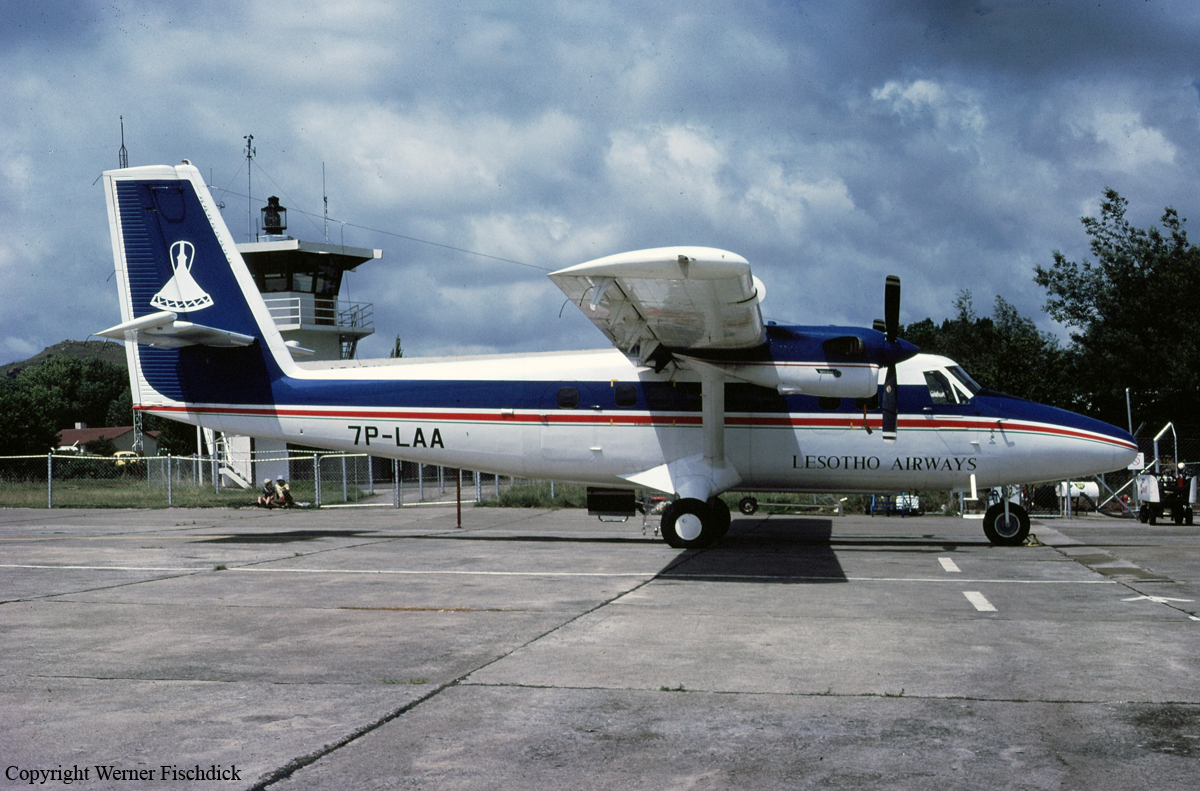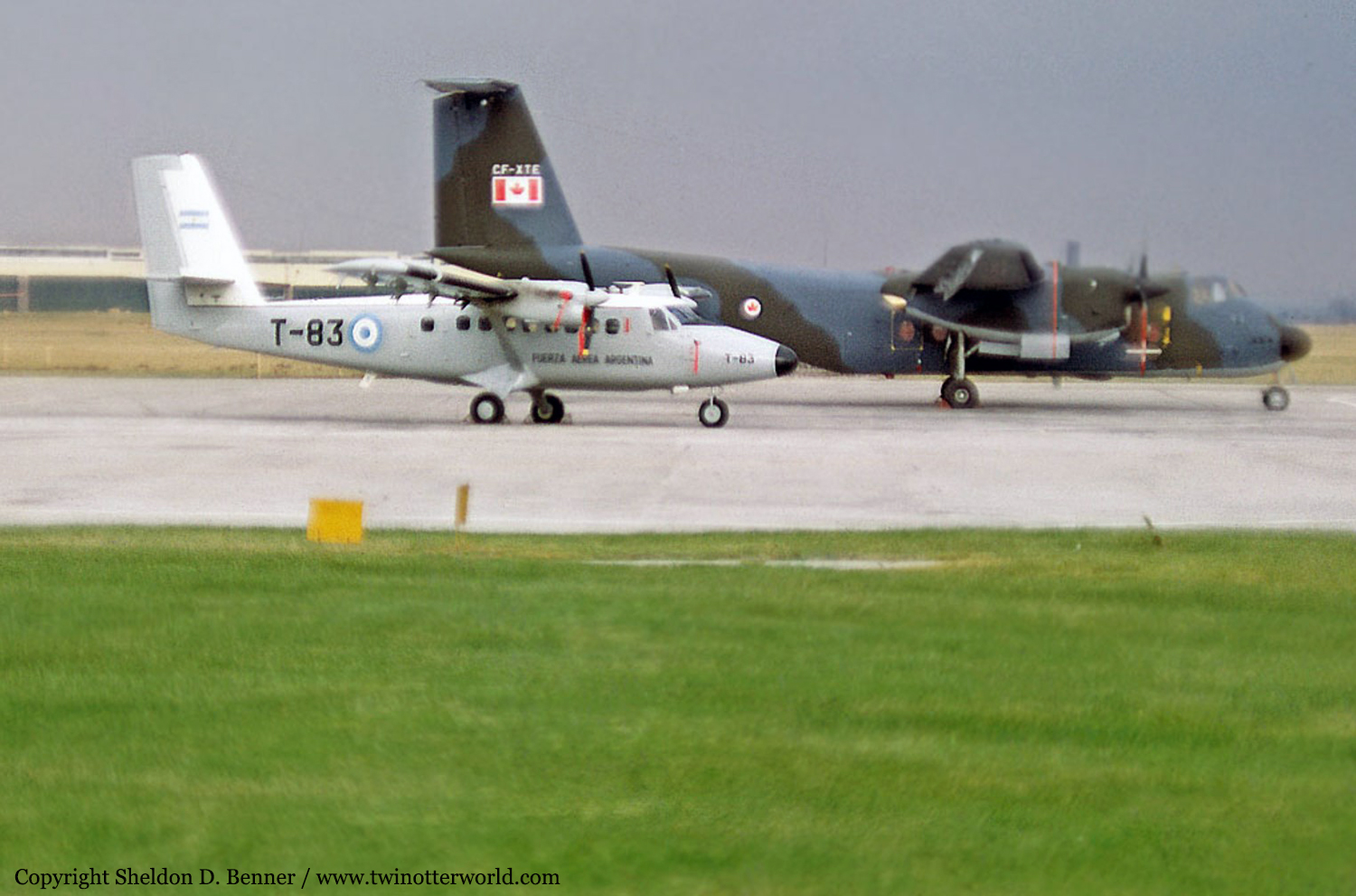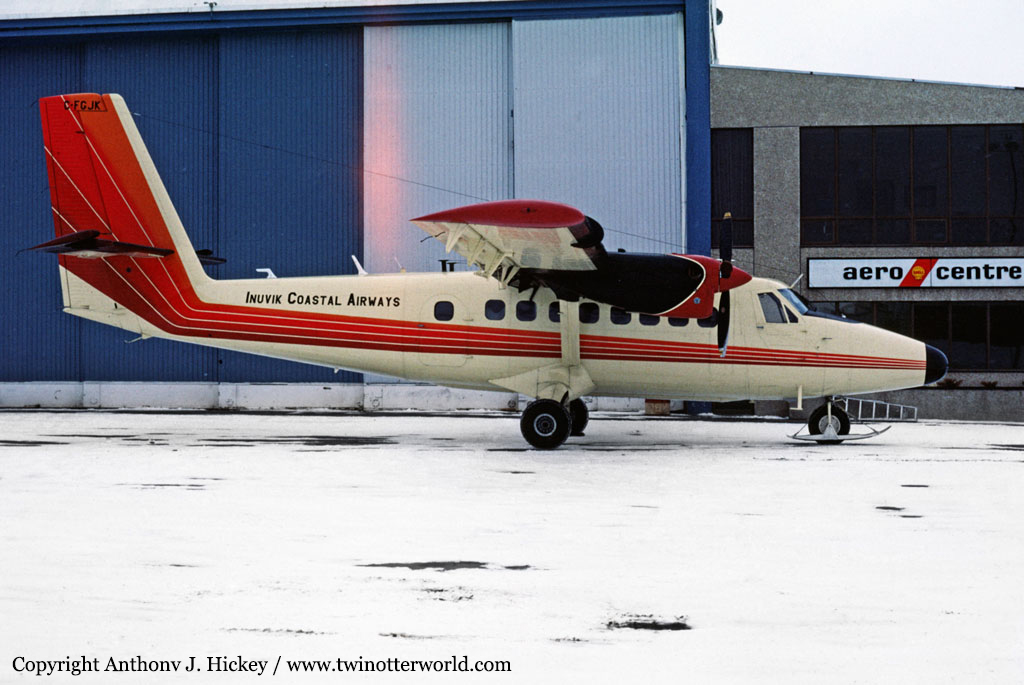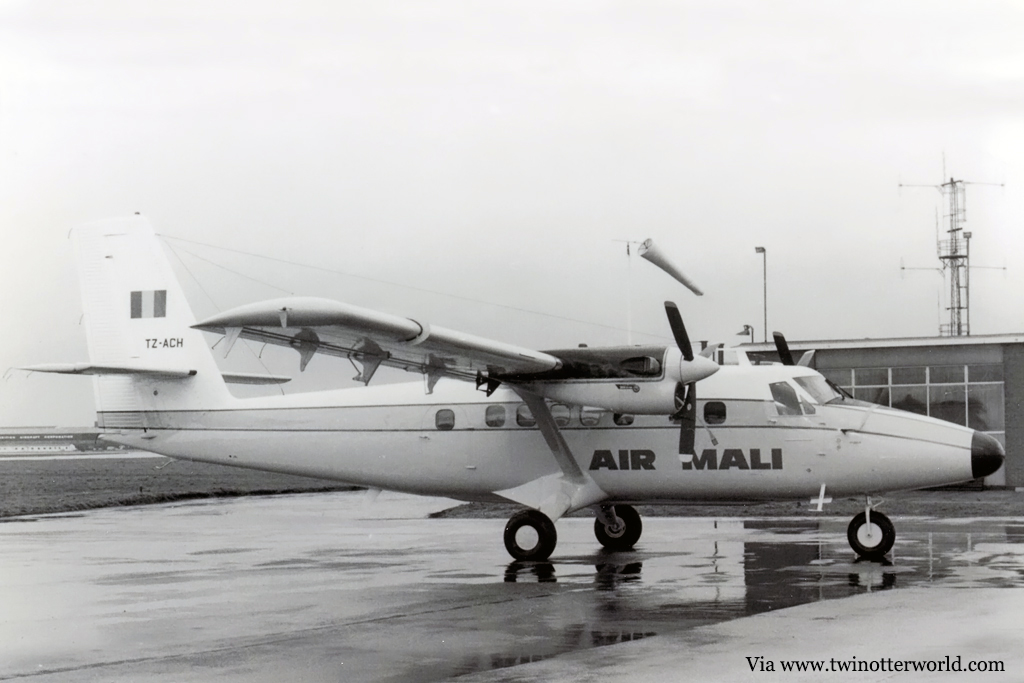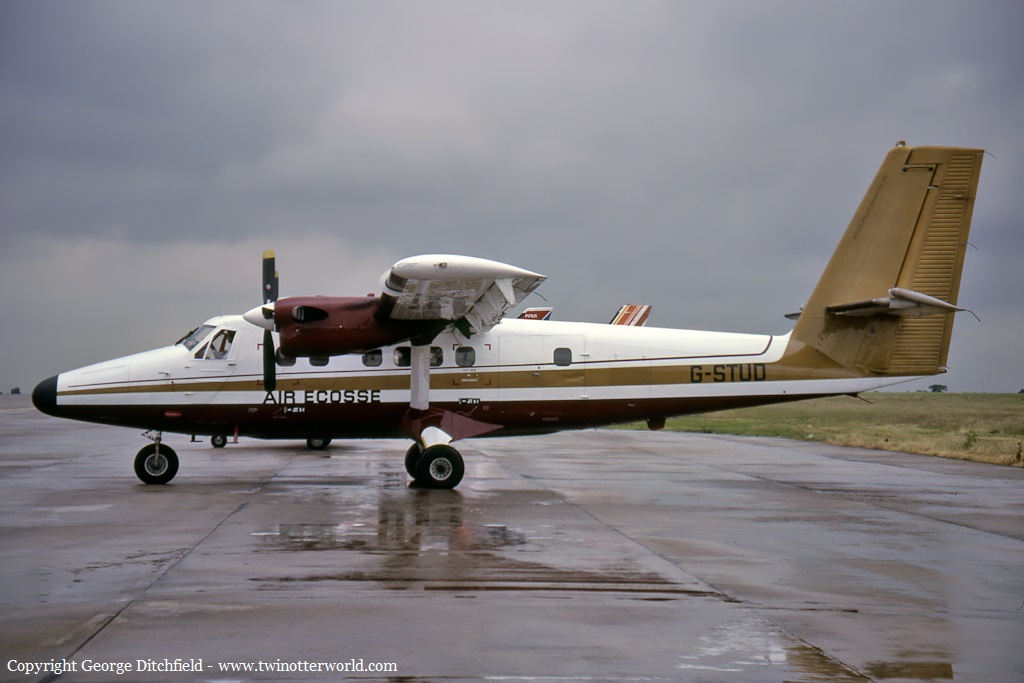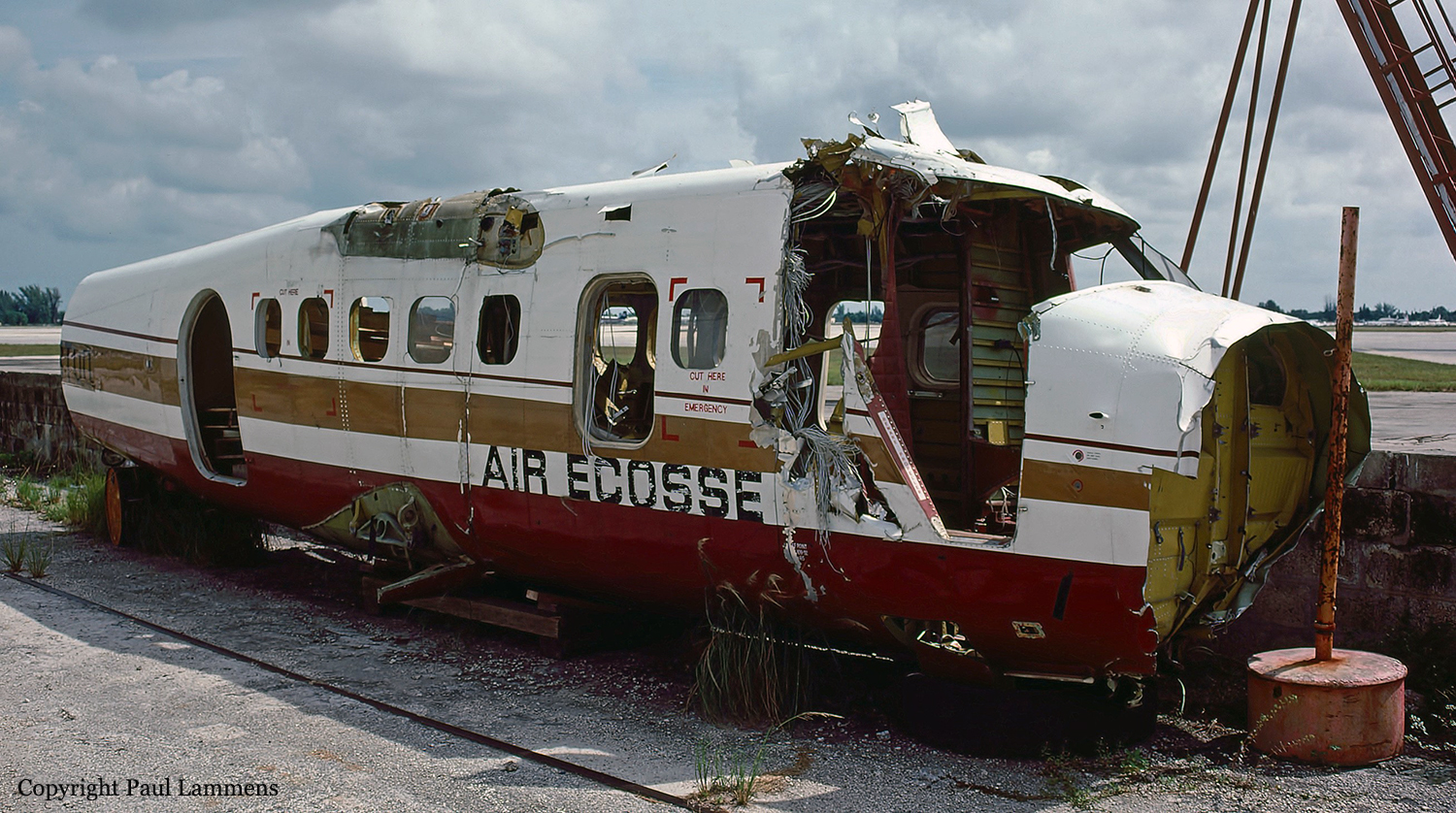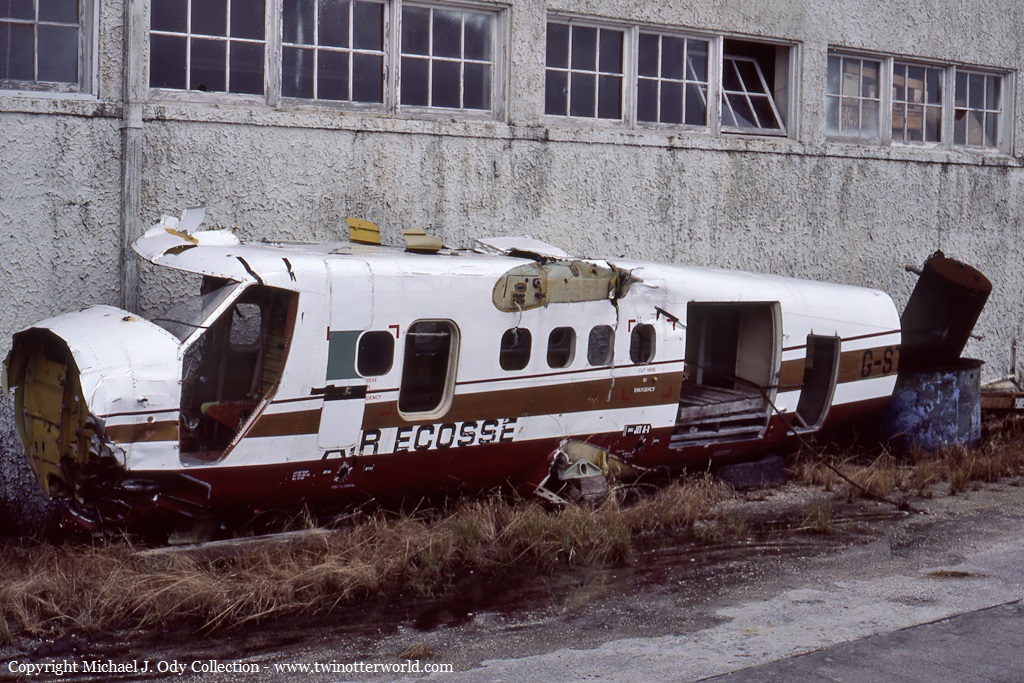Crash of a De Havilland DHC-6 Twin Otter 300 in Tau: 1 killed
Date & Time:
Jul 21, 1984 at 1340 LT
Registration:
N43SP
Survivors:
Yes
Schedule:
Pago Pago - Tau
MSN:
669
YOM:
1980
Flight number:
HK513
Crew on board:
3
Crew fatalities:
Pax on board:
11
Pax fatalities:
Other fatalities:
Total fatalities:
1
Captain / Total hours on type:
1020.00
Aircraft flight hours:
11281
Circumstances:
The aircraft crash landed after the pilot used flaps and power to semi control pitch after the elevator down control cable failed at about 300 feet agl on final approach. The left wing of the aircraft hit the terminal roof during the stall mush from 50 feet agl. The company is changing their aircraft control cables from steel to stainless steel to aid in the anti-corrosion and modifying their inspection period from 800 to 100 hours between inspections. The cable that separated failed from corrosion. No evidence of fatigue cracking or mechanical wear was found. Corrosion products were found within 2 inches of the serapation on both cable pieces.
Probable cause:
Occurrence #1: airframe/component/system failure/malfunction
Phase of operation: approach - vfr pattern - base leg/base to final
Findings
1. (c) flt control syst, elevator control - corroded
2. (c) flt control syst, elevator control - failure,total
----------
Occurrence #2: in flight collision with terrain/water
Phase of operation: descent - uncontrolled
Phase of operation: approach - vfr pattern - base leg/base to final
Findings
1. (c) flt control syst, elevator control - corroded
2. (c) flt control syst, elevator control - failure,total
----------
Occurrence #2: in flight collision with terrain/water
Phase of operation: descent - uncontrolled
Final Report:




